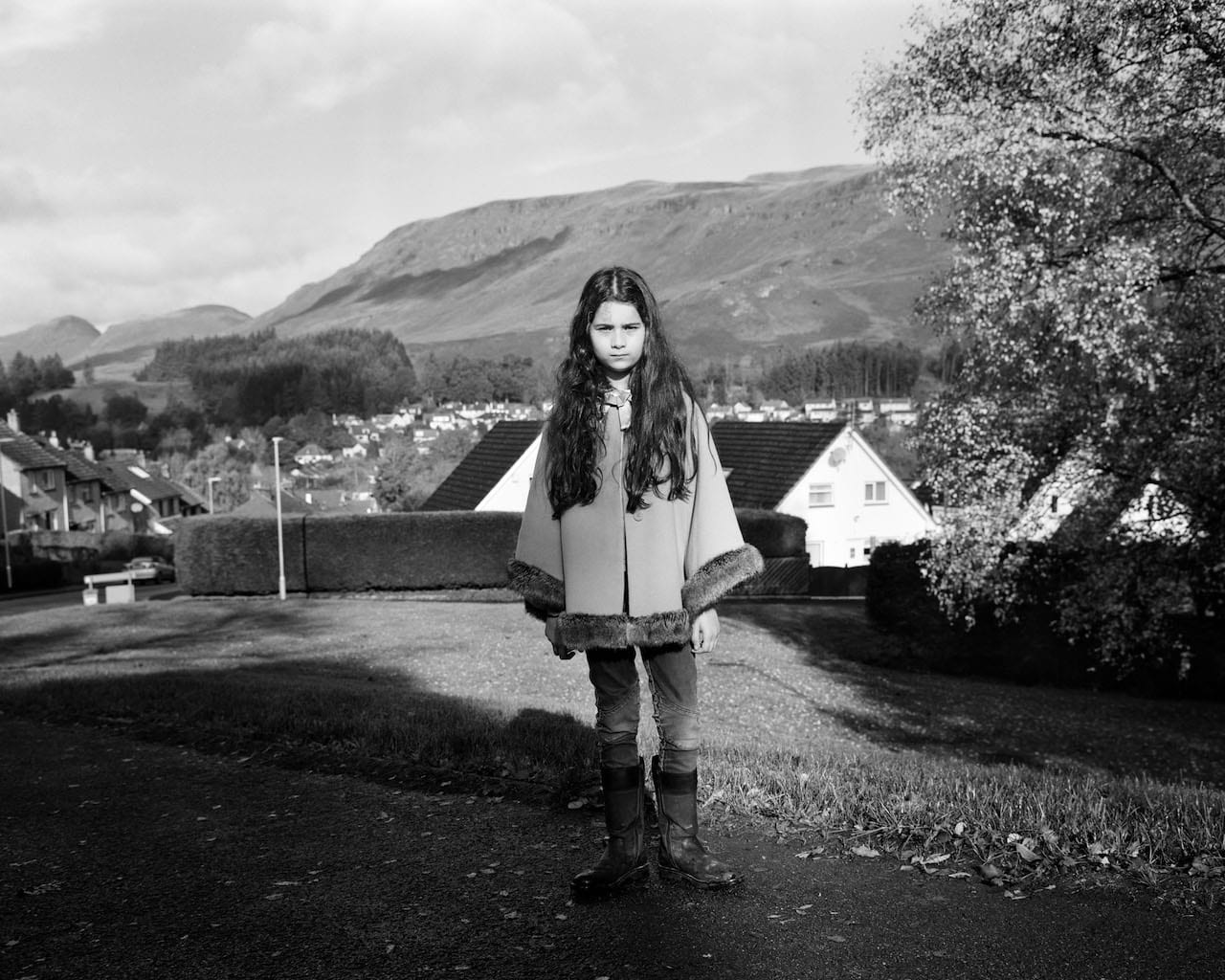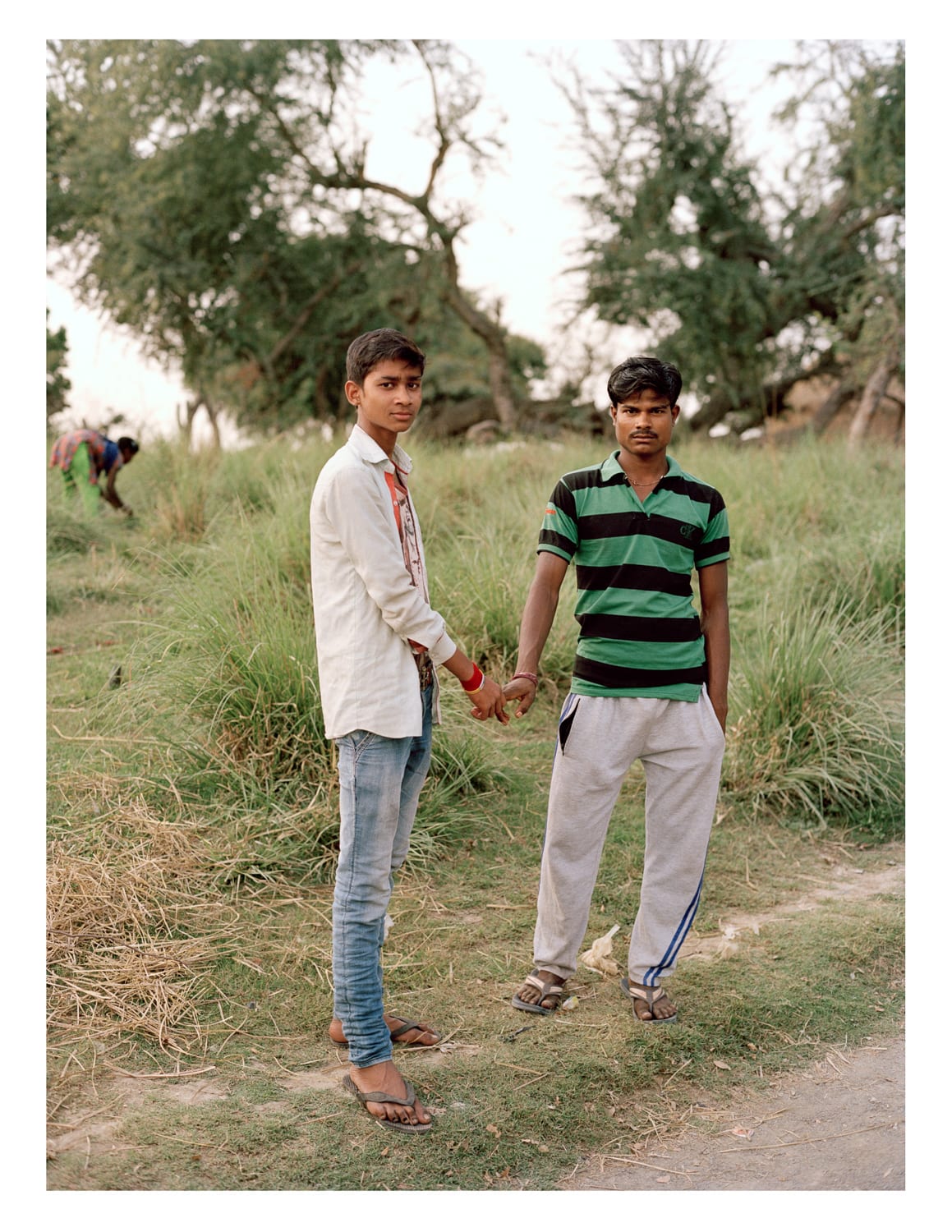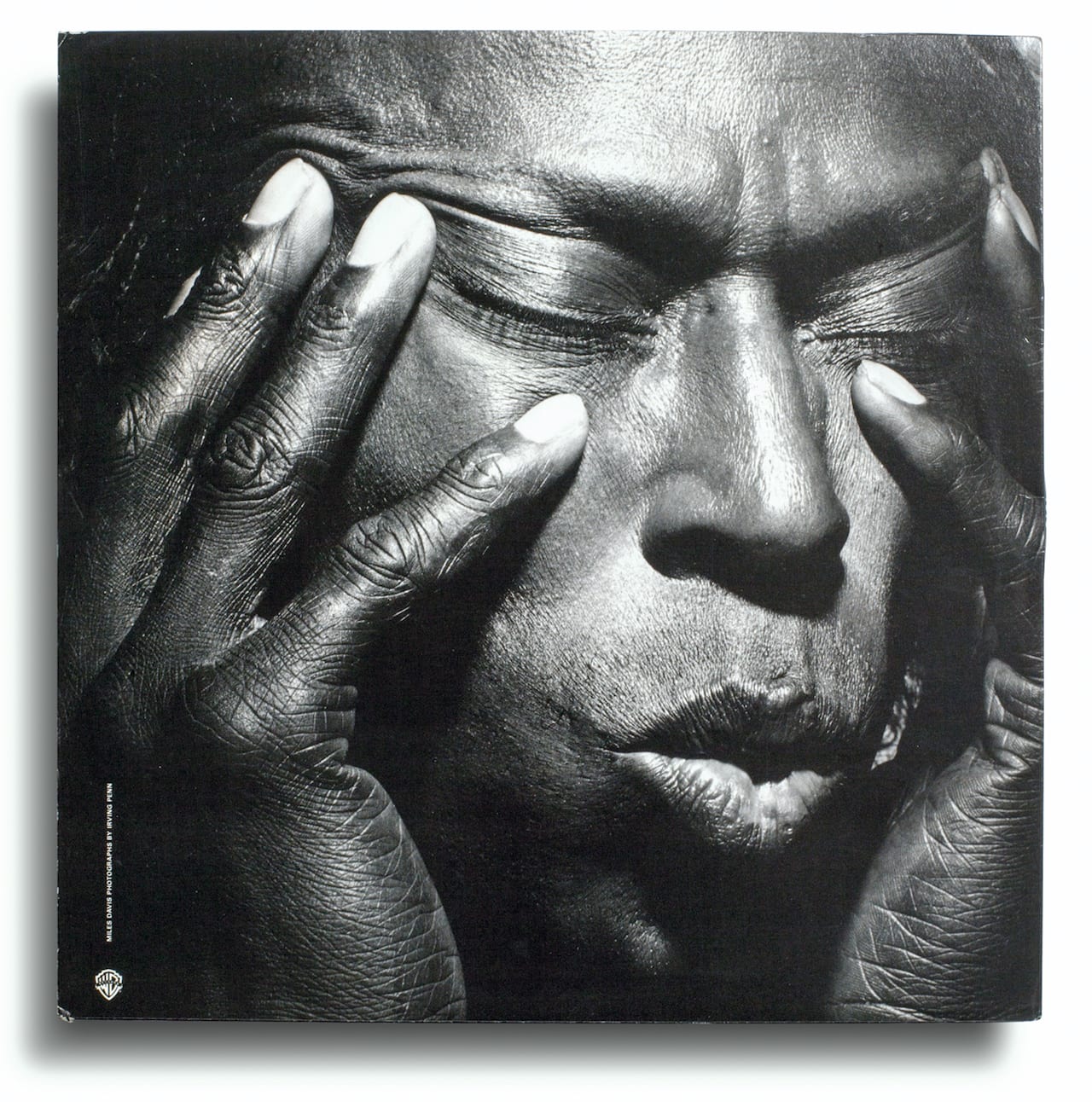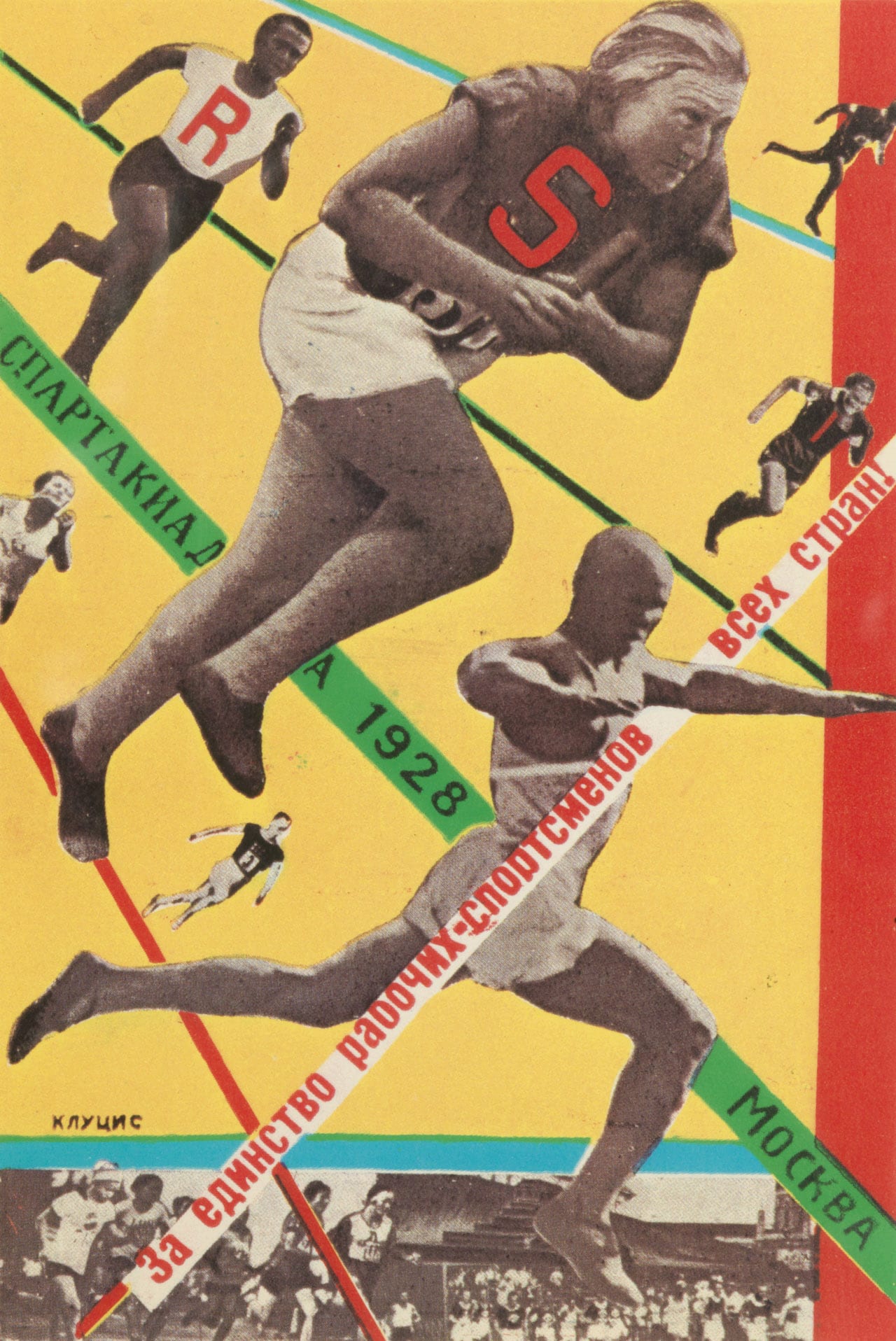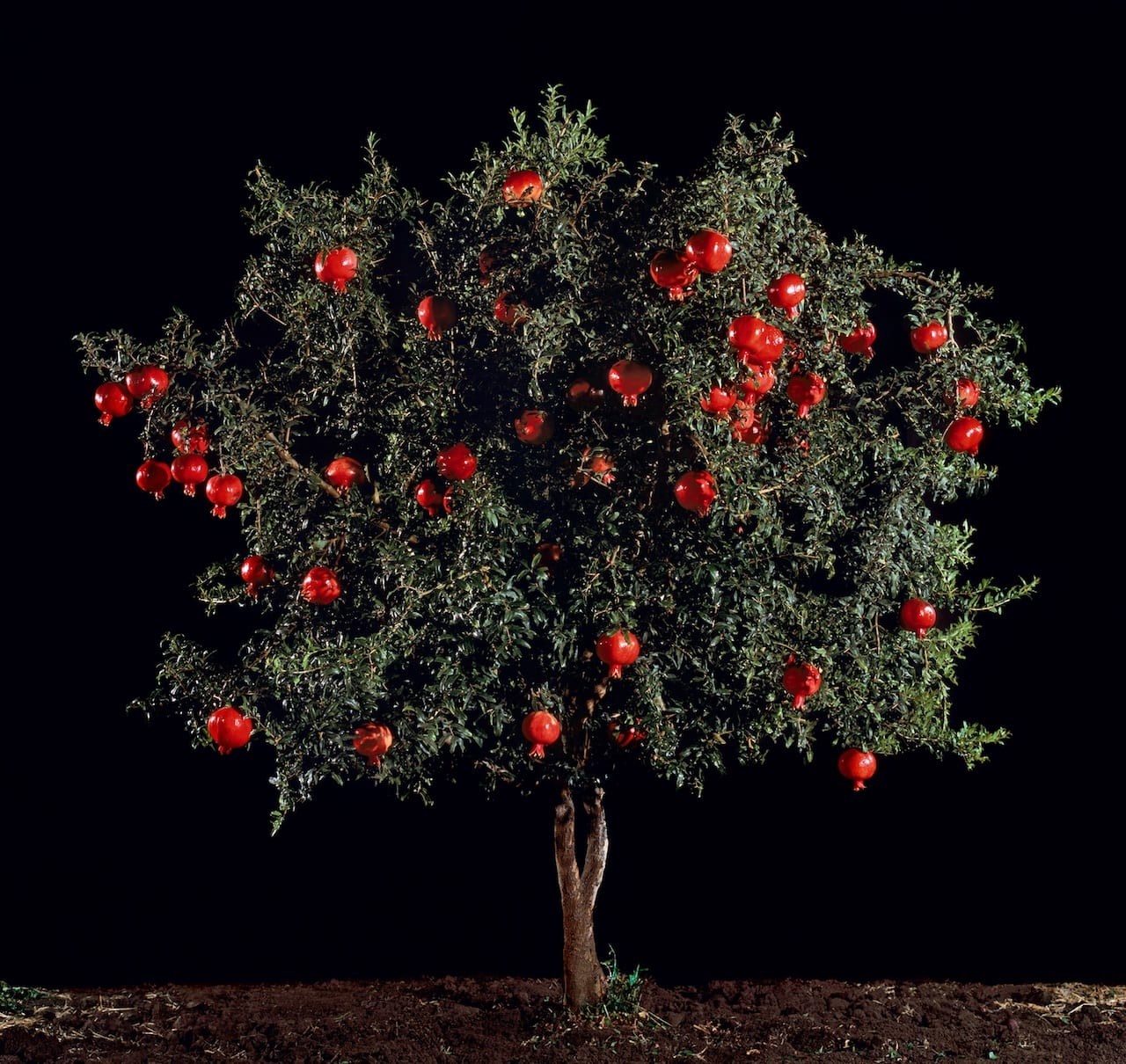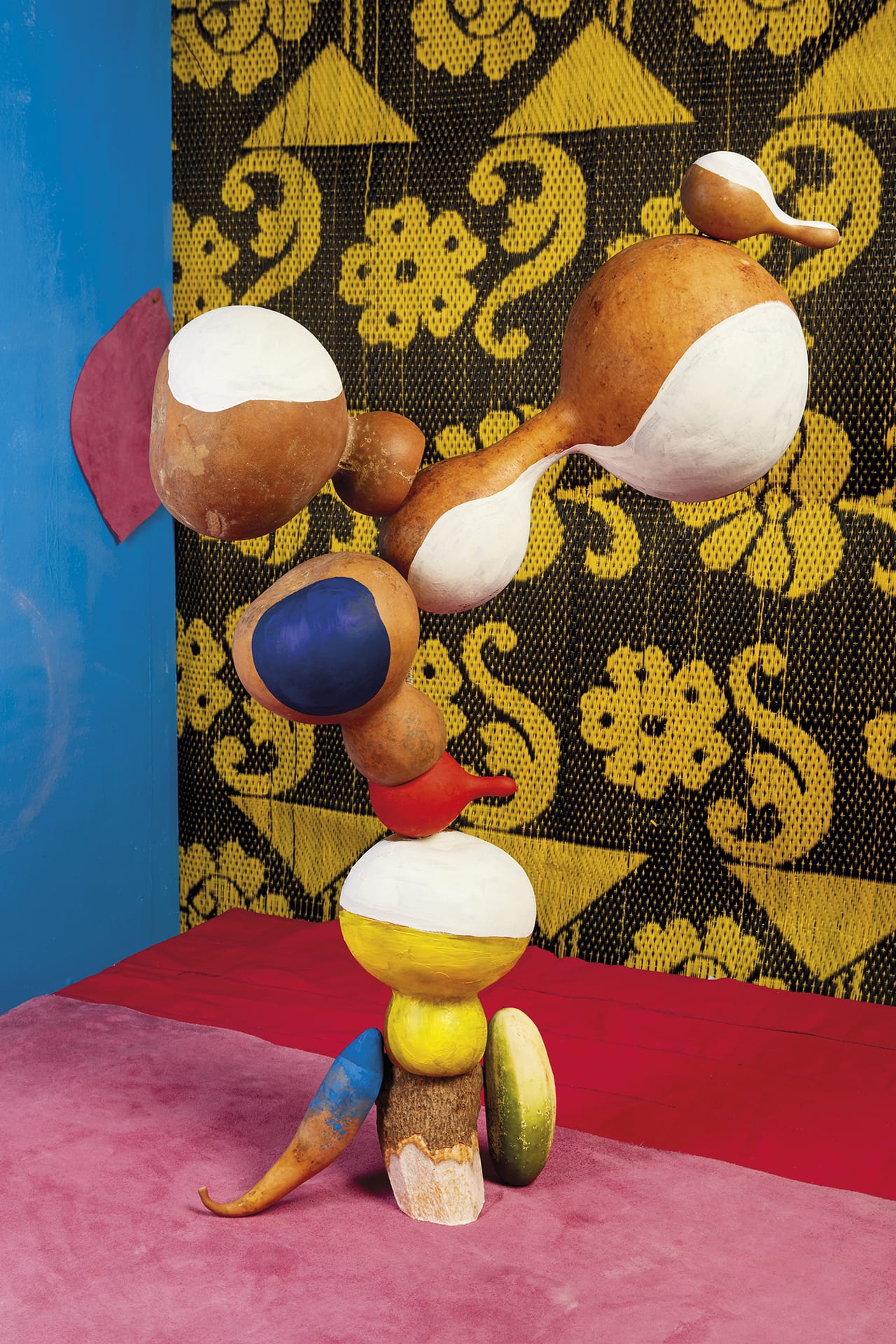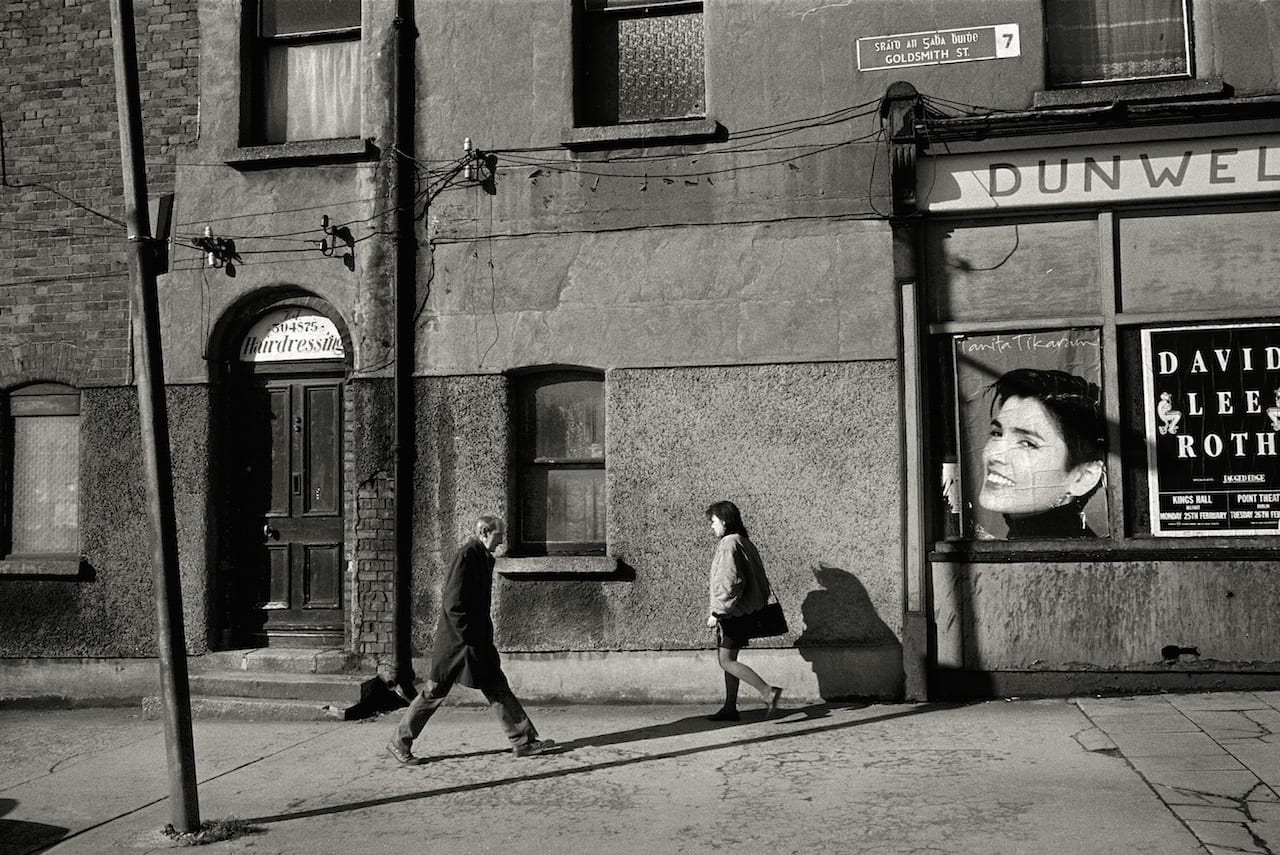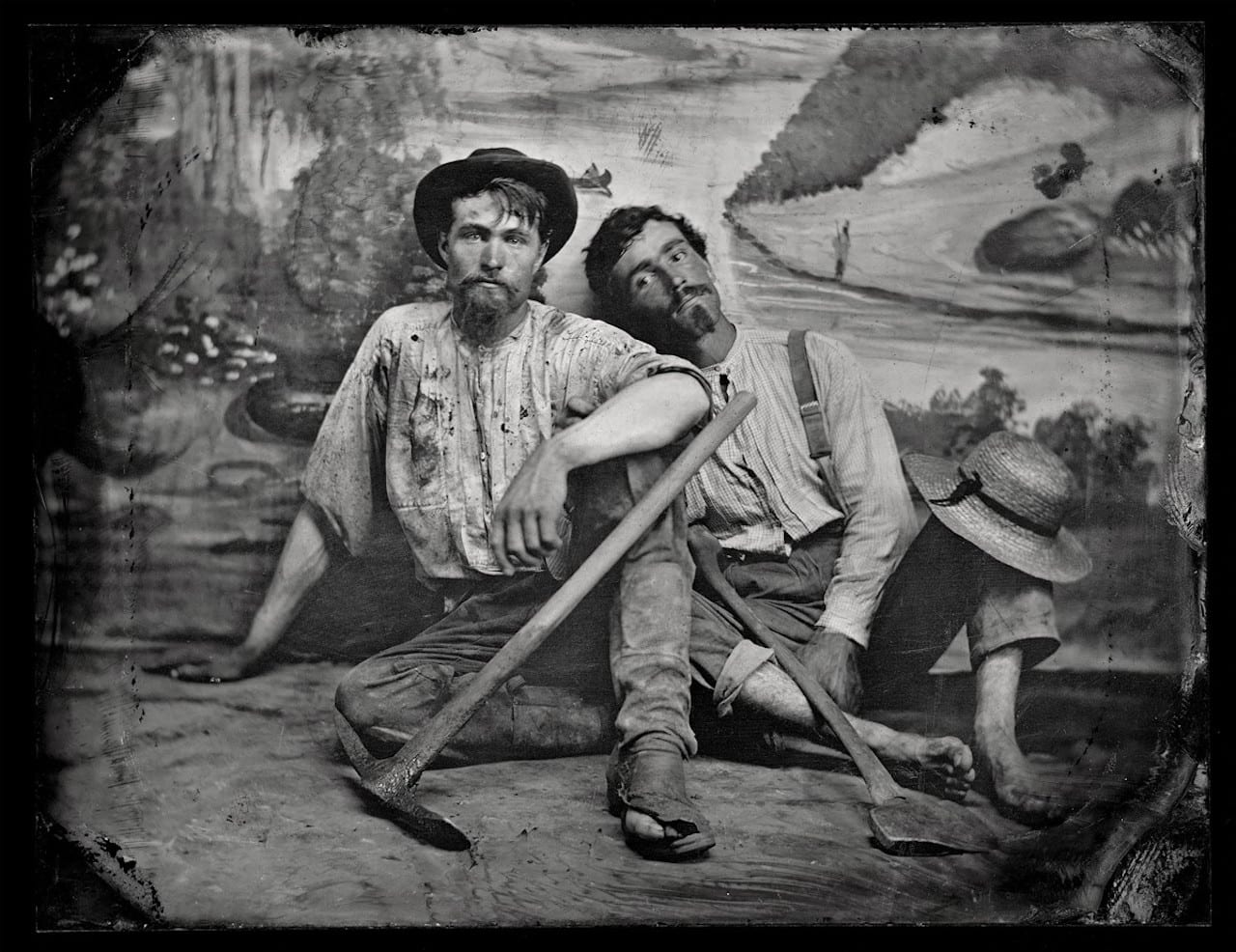It’s a commendable milestone by anyone’s standards – for 70 years, Magnum Photos has been at the forefront of documentary photography, photojournalism and visual storytelling, its members reporting on conflicts, crises and changes for humanity the world over. To celebrate Magnum’s long and rich history, the agency has devised Magnum Retold, a huge group project in which current members revisit stories by their predecessors. Photographers were invited to respond to an archival story that had influenced or inspired their practice in some way – a story that meant something to them personally, or a topical subject they wished to revisit. “There is a repository of amazing work, which is the 70-year-old legacy of these incredible photographers,” explains Magnum’s content director, Francesca Sears.
